Trichotillomania (TTM) is a term used for an irresistible urge to pull out hair from different parts of the body, predominantly the scalp. Patients suffering from trichotillomania cannot deal with this urge and may eventually end up with bald patches on the scalp if the condition is severe and one does not seek medical help.
Trichotillomania Overview
Some people develop mild trichotillomania, while others have to deal with overwhelming urge to pull out hair due to uncontrollable distress. There are different treatments which can be effective and reduce or even stop the uncontrollable desire to pull out hair.
Patients suffering from this condition repeatedly pull their hair from different parts of their body. They also report strong urge to perform such activity. These patients may chew or even eat pulled-out hair. It is common for such people to play with pulled-out hair and in extreme cases they may even rub the hair across their lips or face. The obvious sign of the condition is repeated occurrence of bald patches on the scalp or other body areas normally covered with hair.
Treatment for Trichotillomania
The goal of the treatment is to cure the hair-pulling behavior. Available treatments have not been fully investigated when it comes to their efficacy, but many of them can actually help patients suffering from this uncontrollable urge.
Psychotherapy may be of great help when it comes to emotional problems and certain mental health conditions. Cognitive behavioral therapy (a part of psychotherapy) investigates inner thoughts and relationships with nearby people. The therapist helps the patient to identify the underlying cause of the condition, potential triggers and helps him/her deal with the urge when it occurs. This treatment may include family members and close relatives.
Hypnosis can alter one's state of consciousness and force an individual to adopt certain changes and, this way, stop pulling his/her hair. Furthermore, relaxation techniques may reduce stress and other potential triggers of trichotillomania and subsequently decrease hair-pulling.
Emotional support and family therapy may be of great importance for such patients. Namely, other people's help and support are significant for young people suffering from trichotillomania. They may have problems communicating with some family members and by resolving this issue, the urge to pull hair can significantly reduce.
And finally, even though medications are not the first choice for trichotillomania they may sometimes be prescribed. Doctors have tried several medications such as selective serotonin reuptake inhibitors (SSRIs) and clomipramine. Unfortunately, there have not been enough clinical trials regarding the mentioned medications and effects achieved after they have been administered in patients suffering from trichotillomania.
Assessment of Trichotillomania
- The Trichotillomania Diagnostic Interview (TDI) is a semi-structured interview that provides a 3-point clinician rating of each Diagnostic and Statistical Manual of Mental Disorders, Fourth Edition criteria for TTM. Its format ensures that each criterion is investigated and allows for ratings to indicate threshold, subthreshold and absent symptomatology. The TDI takes approximately 10–15 min to administer, and requires minimal training or practice beside the typical experiences with diagnosis and psychopathology.
- National Institute of Mental Health Trichotillomania Questionnaire.
- Another potentially useful objective measure of TTM severity and change following treatment is the use of photographs. These photographs are taken of patients’ primary pulling sites, providing a concrete assessment of treatment success. It is often best to have the patients’ photographs taken of the bald areas at pretreatment and post-treatment to assess for these concrete changes, although it is often the case that regrowth may not be evident until some months after pulling has ceased. In addition, the patient may use this to monitor maintenance and predict relapse.
- The most commonly used self-report measure for TTM in adults is the Massachusetts General Hospital Hairpulling Symptom Severity Scale (MGH-HS), which consists of seven items, each scored on a 5-point scale, with ratings of 0–4. The total score ranges from 0 to 28, with higher scores indicating greater severity and lower scores indicating decreased severity.
- The Milwaukee Inventory of Subtypes of Trichotillomania (MIST) questionnaires measure the style of pulling on a 9-point Likert scale. These instruments are used to help the patient identify their common pattern of pulling, which are separated into automatic or focused pulling. Questions on the MIST questionnaires include information about the patient’s level of urge awareness, level of active pulling behaviors and use of implements to pull; its purpose is to help determine the overall level of pulling awareness.
- The Premonitory Urge Scale or Premonitory Urge for Tics Scale (PUTS) is a 9-item self-report questionnaire designed to assess for the presence of premonitory sensory urges common in persons with chronic tic disorders, but can be adapted clinically for use with TTM and related conditions to assess various aspects of urges. Higher scores represent greater levels of premonitory urges.


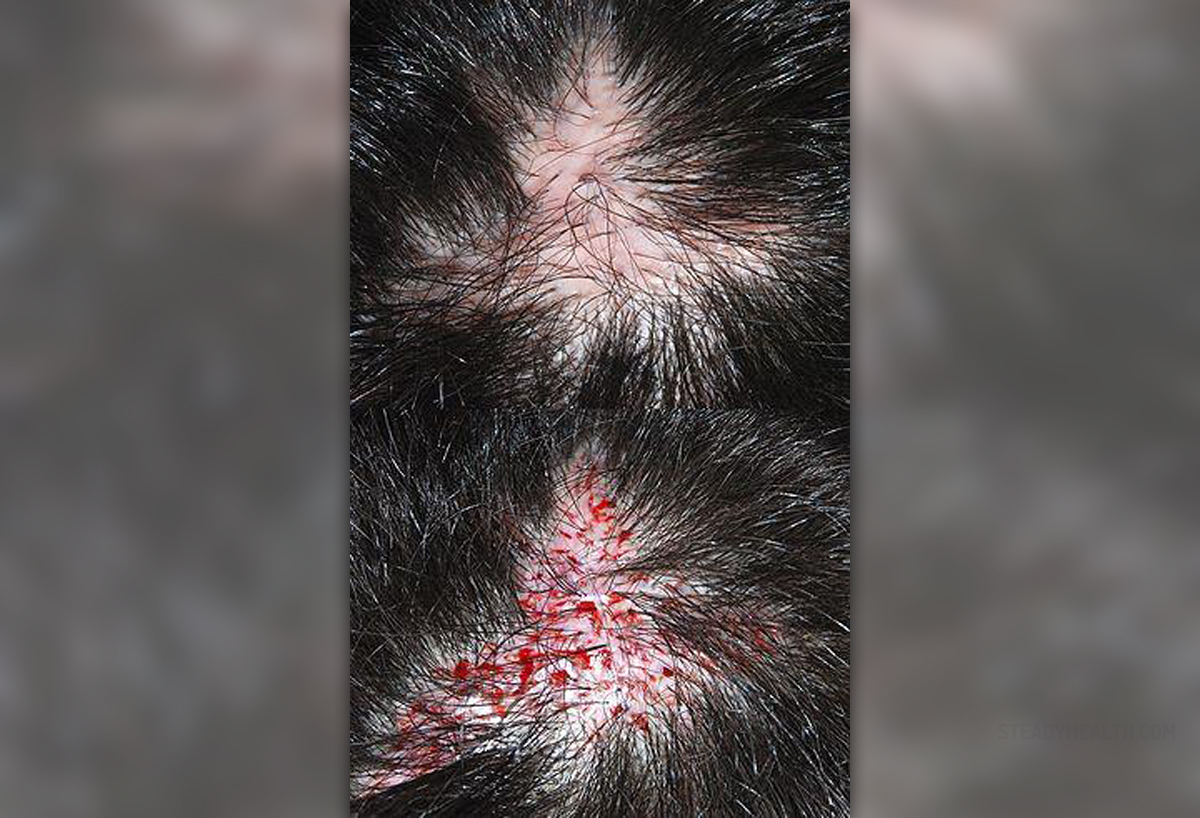
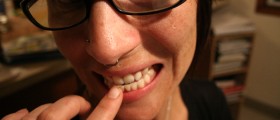
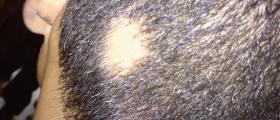


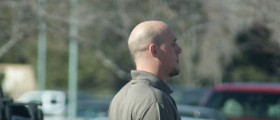
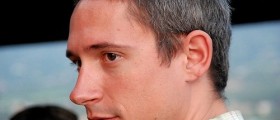
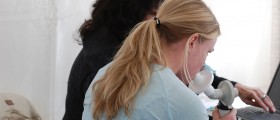
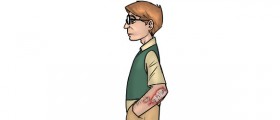
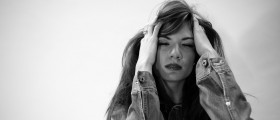
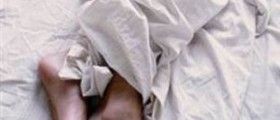
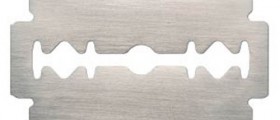
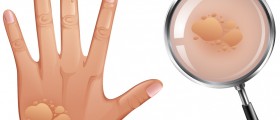
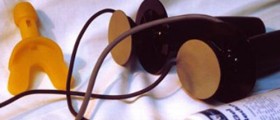

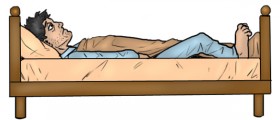
Your thoughts on this
Loading...